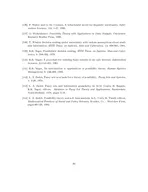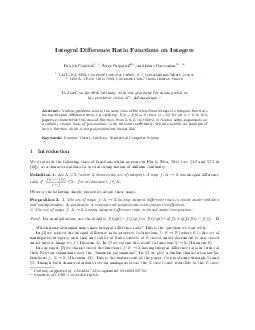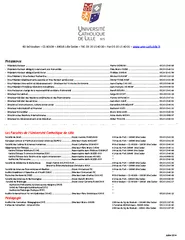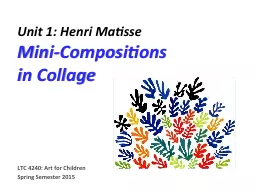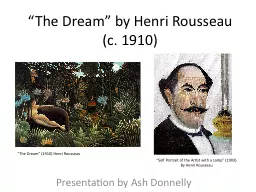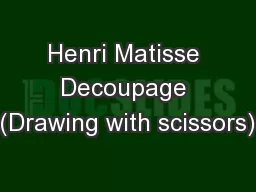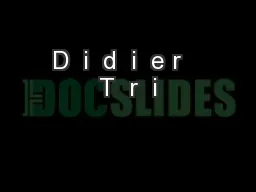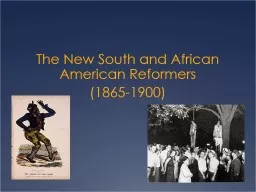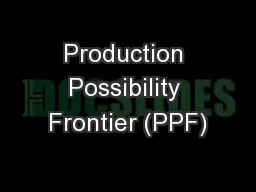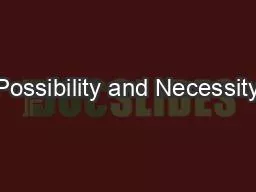PDF-Possibility Theory and its Applications Where Do we Stand Didier Dubois and Henri Prade
Author : giovanna-bartolotta | Published Date : 2014-12-19
Possibility theory lies at the crossroads between fuzzy sets probability and nonmonotonic reasoning Possibility theory can be cast either in an ordinal or in a numerical
Presentation Embed Code
Download Presentation
Download Presentation The PPT/PDF document "Possibility Theory and its Applications ..." is the property of its rightful owner. Permission is granted to download and print the materials on this website for personal, non-commercial use only, and to display it on your personal computer provided you do not modify the materials and that you retain all copyright notices contained in the materials. By downloading content from our website, you accept the terms of this agreement.
Possibility Theory and its Applications Where Do we Stand Didier Dubois and Henri Prade: Transcript
Download Rules Of Document
"Possibility Theory and its Applications Where Do we Stand Didier Dubois and Henri Prade"The content belongs to its owner. You may download and print it for personal use, without modification, and keep all copyright notices. By downloading, you agree to these terms.
Related Documents

